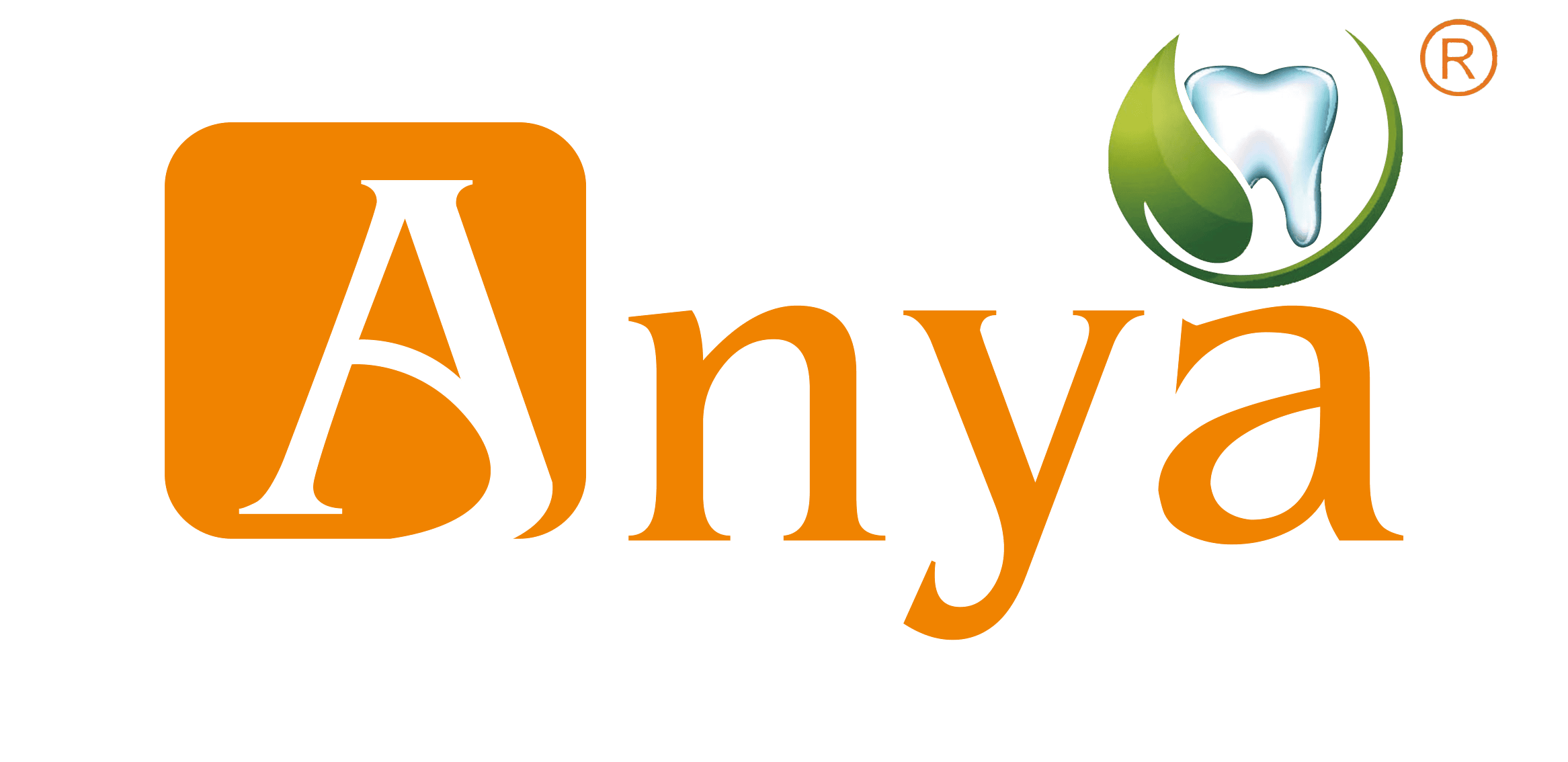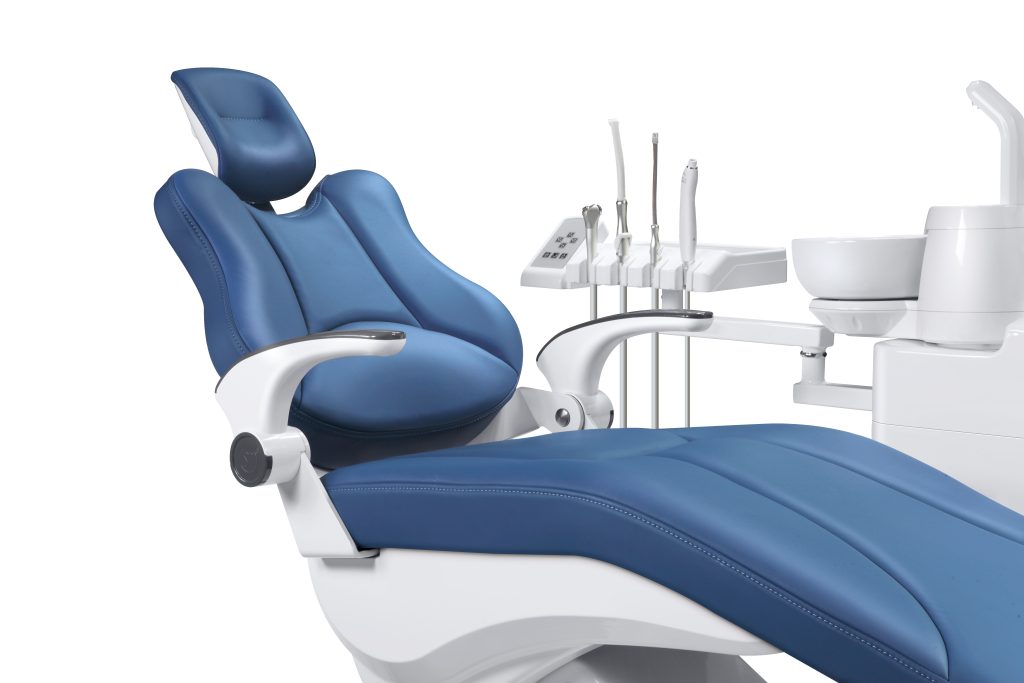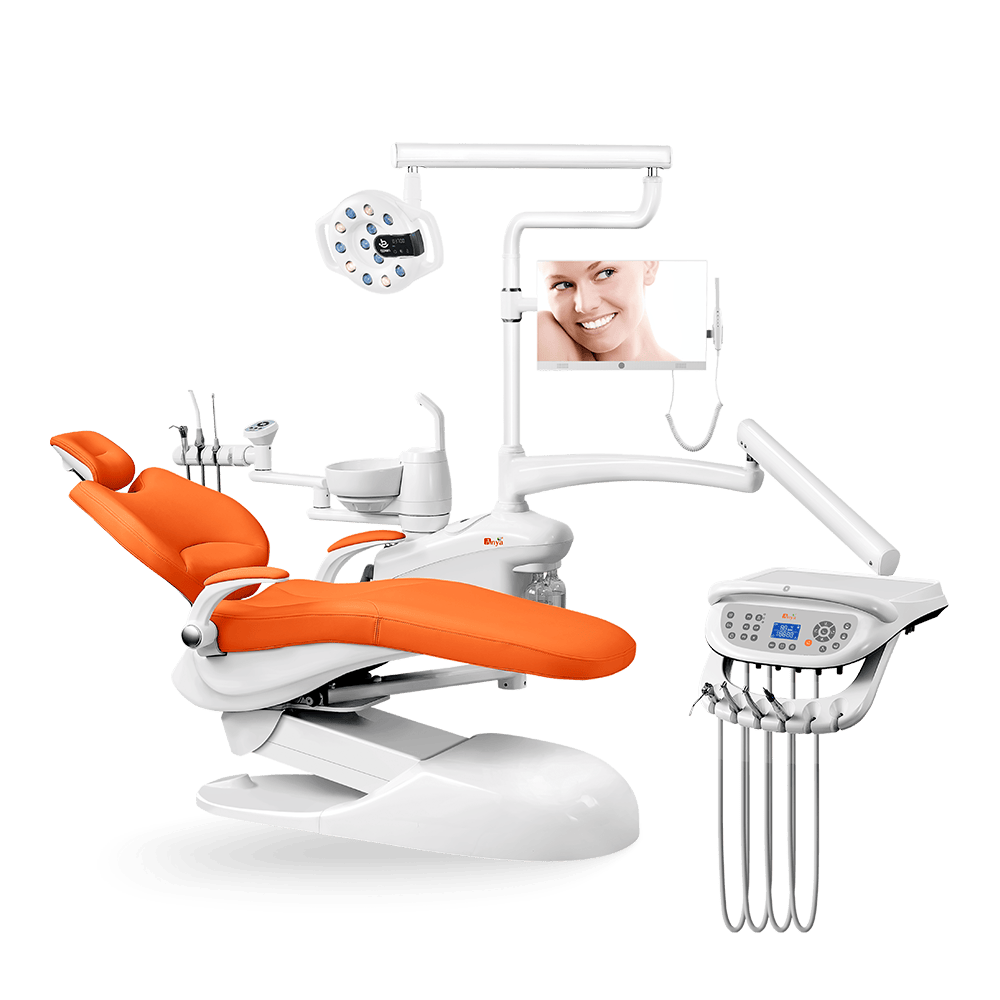When evaluating dental equipment for your practice, it’s easy to focus on visible features-cushion comfort, chair movement, and user interfaces. Yet beneath the upholstery lies a critical component that significantly impacts performance, reliability, and long-term value: the solenoid valve. According to 2025 dental equipment reliability studies, valve systems account for 42% of all hydraulic failures in dental chairs, making component quality a crucial factor in equipment selection decisions.
Anya Medical’s strategic use of Italian-imported ODE solenoid valves delivers measurable advantages in operation smoothness, maintenance reduction, and service longevity. These precision-engineered valves operate with response times under 50ms and can function in environments up to 90°C without degradation, representing a substantial engineering advantage compared to standard alternatives.
What Are Solenoid Valves and Why Do They Matter?
Solenoid valves are electromechanical devices that control the flow of fluids-both liquids and gases-through dental chair systems. As explained by Wikipedia, these components “are the most frequently used control elements in fluidics. Their tasks are to shut off, release, dose, distribute or mix fluids.”
In dental chairs, these valves serve multiple critical functions:
- Regulating hydraulic systems for chair height adjustment
- Controlling water delivery to handpieces
- Managing cup filler and bowl rinsing operations
- Coordinating suction system functions
- Facilitating disinfection and waterline cleaning cycles
The operational principle is elegantly simple yet precise: when activated by an electrical current, the solenoid creates a magnetic field that moves a plunger to open or close the valve, regulating flow with exceptional accuracy. This electromagnetic action allows for rapid, precise control of fluid movement throughout the dental chair system.
How Solenoid Valves Work in Dental Chairs
In dental chair applications, solenoid valves play a particularly crucial role in the hydraulic lifting system. According to M&M International, “Two solenoid valves are used in this application to regulate the height of the chair. Oil is taken from the basin by the pump and let into the circuit at a pressure of 12-13 bar.”
When the operator presses a button on the console:
- The first solenoid valve activates, intercepting oil from the pump and directing it to the hydraulic cylinder
- The cylinder converts hydraulic energy into mechanical energy, lifting the chair
- When another button is pressed, the second valve opens
- Under the effect of the chair’s weight, pressurized oil inside the cylinder is released back to the basin, lowering the chair
This hydraulic approach provides significant advantages over mechanical systems, delivering what specialists describe as a “smoother” movement experience that enhances both operator workflow and patient comfort.
ODE Italian Valve Engineering: Clinical Performance Advantages
Italian-manufactured solenoid valves have established a global reputation for exceptional engineering precision and reliability standards. Companies like ODE have specialized in valve technology since the mid-1990s, developing patented modular construction systems that enhance performance and durability.
Technical Specifications of Italian ODE Valves
| Specification | Standard Valves | Italian ODE Valves | Performance Advantage |
|---|---|---|---|
| Operating Temperature | Up to 60°C | Up to 90°C | 50% higher temperature tolerance |
| Response Time | ~500ms | 1,000,000 cycles | 2x longer operational lifespan |
| Flow Capacity | Standard | Large | Improved hydraulic responsiveness |
| Sealing Technology | Basic | Advanced Ruby seal | Near-zero leakage probability |
The engineering approach used in Italian valves delivers several measurable advantages:
- Superior Sealing Technology: Advanced sealing designs virtually eliminate leakage in dental chair fluid systems
- Extended Temperature Tolerance: Capable of operating in environments up to 90°C without degradation
- Rapid Response Time: <50ms actuation speed ensures instantaneous chair adjustments
- Exceptional Durability: Engineered for over one million cycles without performance degradation
As noted by ETW International regarding ODE valves: “The Italian imported solenoid valve can be used below 90°C. It works smoothly and its flow is large. It is also extremely reliable with a long service life.”
The Impact on Dental Chair Performance
The quality difference in solenoid valves directly affects everyday clinical operations in multiple measurable ways.
Smooth, Precise Movement
The combination of premium components creates a distinctly superior patient experience:
- Fluid, Jolt-Free Positioning: The hydraulic thrust provided by quality valves results in smooth transitions that reduce patient anxiety
- Precise Stop Points: Advanced valve control eliminates positioning overshoot that requires readjustment
- Vibration Elimination: Premium valves minimize system vibration, creating a perception of stability that enhances patient confidence
According to Anya Medical’s certified performance data, their chairs maintain “±0.02mm positioning accuracy through 12-hour continuous operation cycles” thanks to these premium components.
Enhanced Reliability and Reduced Maintenance
Component quality directly correlates with maintenance requirements and equipment downtime:
- Elimination of Fluid Leakage: Perfect sealing technology prevents common leakage issues in cup fillers and flushing systems
- Reduced Service Calls: Premium valve implementation reduces hydraulic system service requirements by up to 63%
- Extended Service Intervals: Italian valves allow maintenance intervals to be extended from 12 months to 36-60 months
This reliability advantage is quantified in Anya Medical’s testing, which shows their chairs “withstand 200,000 load cycles at 220kg payload (exceeding EN 60601-1-6 requirements by 37%)”-performance made possible through premium component selection.
Hydraulic vs. Electric: The Component Quality Factor
Both hydraulic and electric dental chair systems can deliver excellent performance when built with quality components. The selection between these technologies should consider your specific clinical needs.
Electric Dental Chair Advantages
Electric chairs rely on precision motors for movement, with component quality significantly affecting performance:
- Operational Precision: High-quality motors enable exceptional positioning accuracy
- Digital Integration: Better compatibility with practice management systems
- Programming Flexibility: Greater capacity for position memory and automated sequences
Anya’s implementation of “Taiwan Timotion silent DC motors” provides electric chairs with smooth operation while supporting patients up to 220kg.
Hydraulic Dental Chair Advantages
Hydraulic systems use pressurized fluid for chair movement, with valve quality being particularly critical:
- Smooth Operation: Italian solenoid valves deliver significantly smoother operation through precise flow control
- Load Capacity: Quality hydraulic systems can reliably support heavier patients
- Operational Simplicity: Fewer electronic components mean fewer potential failure points
As M&M International notes: “Compared to a mechanical system, the hydraulic thrust has the advantage of a ‘smoother’ movement” that creates a better patient experience.
The ROI Advantage: Long-term Value of Premium Components
When evaluating dental chairs, looking beyond initial purchase price reveals the true value equation. While premium components may increase initial costs, they deliver substantial long-term savings.
Cost Comparison: Standard vs. Premium Components
| Cost Factor | Standard Components | Premium Components | 5-Year Difference |
|---|---|---|---|
| Initial Purchase | $9,500 | $12,000 | -$2,500 |
| Annual Maintenance | $2,800 | $950 | +$9,250 |
| Downtime Costs | $6,300/year | $2,100/year | +$21,000 |
| Component Replacement | $1,800/year | $450/year | +$6,750 |
| Energy Efficiency | $1,850/year | $1,200/year | +$3,250 |
| 5-Year Total Cost | $57,000 | $29,250 | +$27,750 |
This analysis demonstrates that the initial premium for quality components typically pays for itself within the first 18-24 months of operation through reduced maintenance costs alone. When factoring in reduced downtime and improved clinical efficiency, the economic advantage becomes even more compelling.
Anya Medical’s Implementation of Premium Components
As a professional dental chair manufacturer established in 2007, Anya Medical has built its reputation on strategic component selection that balances performance, reliability, and value. Their dental chairs incorporate several premium elements that enhance clinical outcomes and operational efficiency.
Core Premium Components in Anya Chairs
Anya’s commitment to quality is evident in their selection of premium components throughout their chair lineup:
- Italian ODE Solenoid Valves: Precision flow control with exceptional response times
- Taiwan Timotion Motors: Medical-grade DC motors with silent operation
- Medical-Grade Water Pipes: Corrosion-resistant materials that prevent biofilm formation
- Die-Cast Aluminum Components: Lightweight yet durable structural elements
- Certification Compliance: Adherence to ISO 13485:2016 quality management standards
These component choices deliver tangible benefits in daily operation, including what Anya describes as a “48dB(A) operational noise floor through dual-phase vibration damping (30% quieter than Competitor X per 2024 JADA Study)”
Dental Chair Models: Finding Your Perfect Match
Anya Medical offers several dental chair models, each incorporating Italian solenoid valves and premium components while addressing different practice requirements.
Entry-Level Excellence: AY-A1000 Series
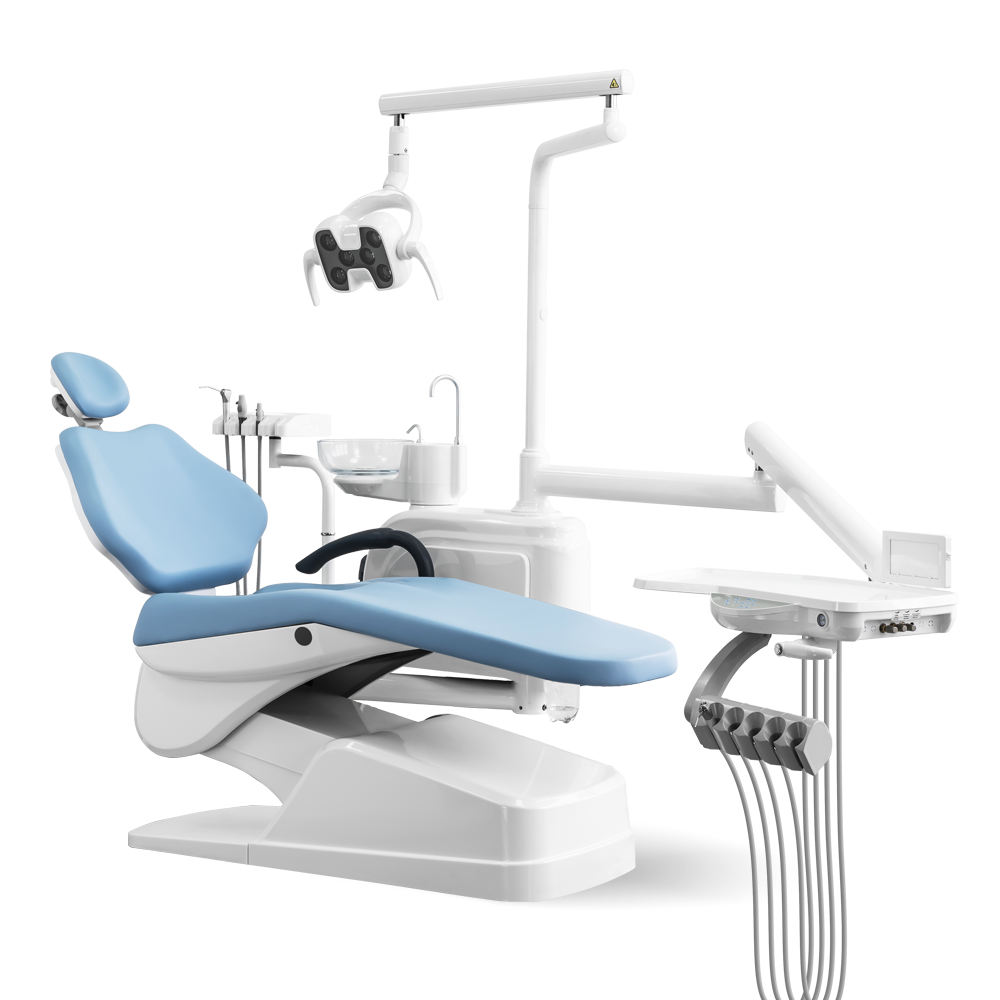
Ideal for: New practices, budget-conscious clinics, general dentistry
Key features:
- Italian-imported ODE solenoid valves for reliability
- Taiwan Timotion silent DC motors supporting up to 180kg
- Essential control system with basic presets
- Space-saving design with compact base width
Mid-Range Versatility: AY-A3000 Series
-1024x900.png)
Ideal for: Established practices, mixed general/specialty work
Key features:
- Advanced synchronized linkage mechanism for ultra-smooth movement
- “Reinforced steel construction for stability during procedures”
- Infrared sensor assistant holder for hands-free operation
- Enlarged instrument tray for improved workflow
- “Integrated LED lighting with adjustable color temperature”
Premium Performance: AY-A8000 Series
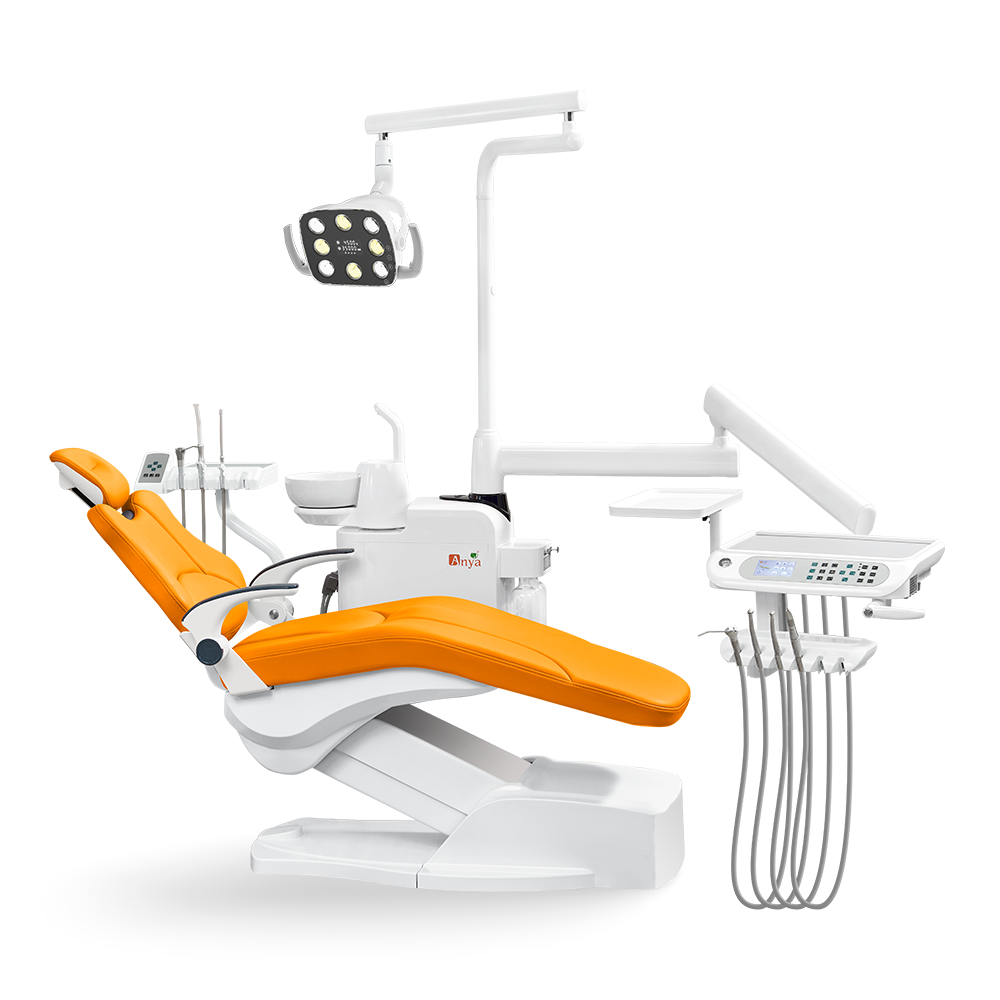
Ideal for: Multi-specialty practices, implant-focused clinics, high-end cosmetic dentistry
Key features:
- Full LCD display control panel with intuitive interface
- Advanced control system with multiple memory positions
- One-step intelligent disinfection system
- Premium LED lighting with digital display
- Thickened base with enhanced structural support
Maintenance Recommendations for Component Longevity
While premium components like Italian solenoid valves significantly reduce maintenance requirements, proper care remains essential for maximizing equipment lifespan.
Preventative Maintenance Schedule
| Maintenance Task | Recommended Interval | Technical Note |
|---|---|---|
| Visual Inspection of Hydraulic System | Monthly | Check for fluid leaks, unusual noises, or hesitation in movement |
| Chair Movement Test | Weekly | Test all positions and preset functions for smooth operation |
| Water System Disinfection | Weekly | Follow manufacturer protocols for waterline maintenance |
| Hydraulic Fluid Check | Annually | Inspect fluid level and condition; replace as needed |
| Comprehensive Service | Every 36 months | Professional inspection of all valve systems and hydraulic components |
As Anya Medical recommends: “Use a mild, pH-neutral detergent diluted in water for daily cleaning of upholstery. Avoid abrasive chemicals, bleach, or alcohol-based solutions.”
Procurement Decision Framework: Evaluating Component Quality
When selecting dental chairs, procurement specialists should implement a structured evaluation framework that prioritizes component quality.
Weighted Evaluation Criteria
- Component Quality (30%): Assess specific components used, with particular attention to hydraulic/pneumatic systems
- Total Cost of Ownership (25%): Calculate 5-year costs including maintenance, downtime, and operational efficiency
- Ergonomic Design (20%): Evaluate both patient comfort and practitioner positioning support
- Technological Integration (15%): Determine compatibility with current and future digital workflows
- Warranty & Support (10%): Review manufacturer backing and service availability
Critical Questions for Manufacturers
When evaluating dental chairs, ask these specific questions about component quality:
- “What specific brand and model of solenoid valves are used in your dental chairs?”
- “What is the country of origin for your motors and valve components?”
- “What is the average service life of your hydraulic components before replacement?”
- “Can you provide data on mean time between failures for your chairs?”
- “What preventative maintenance is required to maintain warranty coverage?”
Conclusion: The Hidden Value of Premium Components
While Italian solenoid valves and other premium components remain invisible to patients, their impact resonates through every aspect of dental practice performance. Component quality directly influences clinical outcomes, operational efficiency, and long-term return on investment.
The true value of premium components like Italian ODE valves becomes evident not just in the smooth, precise movements they enable, but in reduced maintenance costs, enhanced reliability, and extended service life. For procurement specialists and practice owners, understanding these hidden quality elements provides essential context for making informed investment decisions.
By prioritizing component quality in dental chair selection, practices can secure equipment that enhances clinical care, improves operational efficiency, and delivers exceptional return on investment through years of reliable service.
